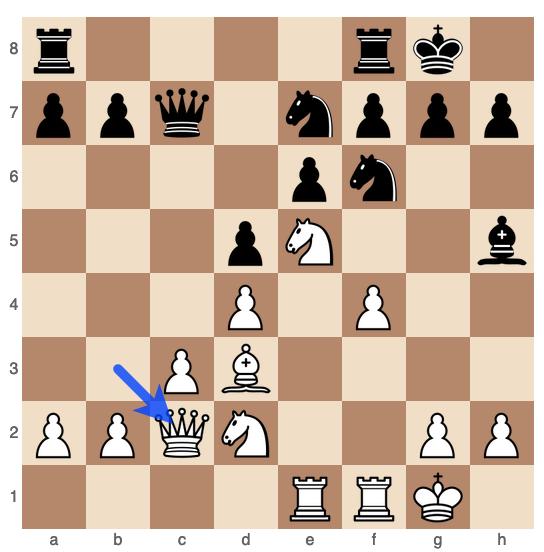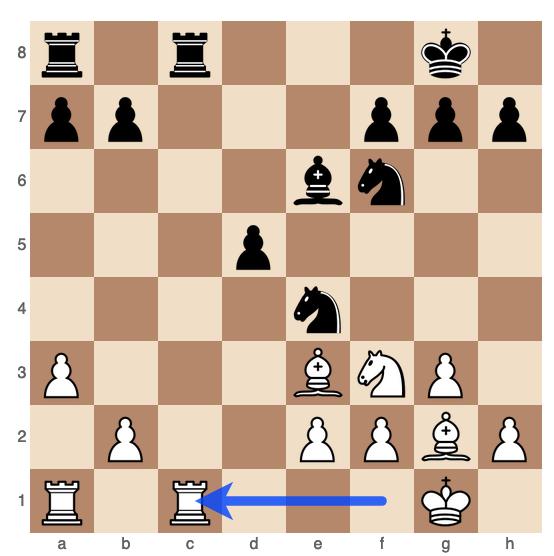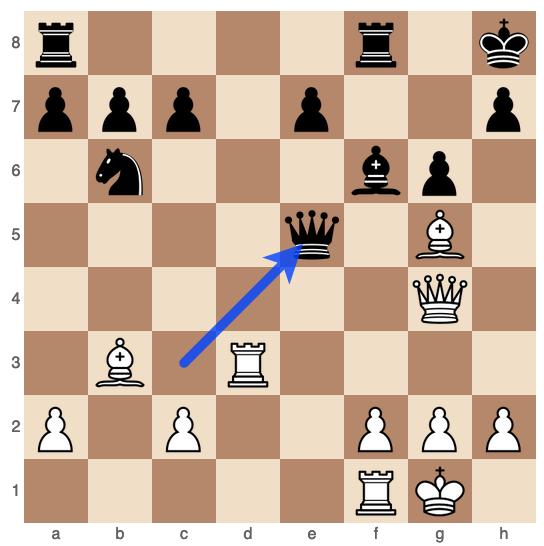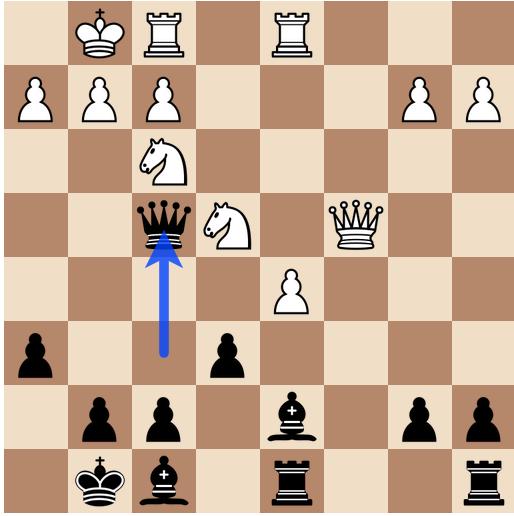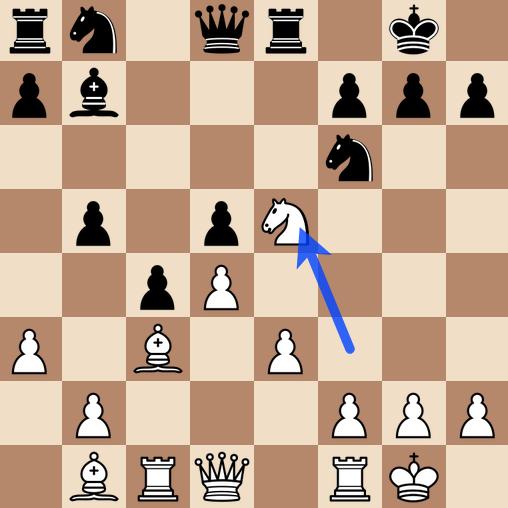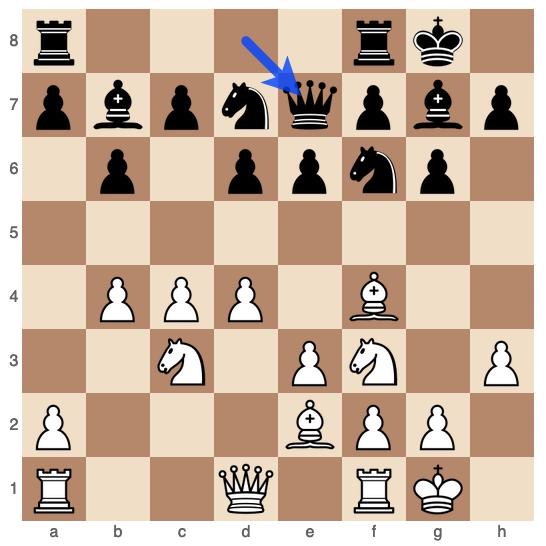In this exciting game between Guillermo Baches and Siddharth Arun from the Titled Tuesday tournament, we witness a battle in the Queen’s Gambit Declined, specifically the Janowski Variation. Both players bring their unique styles to the table, but ultimately, Baches demonstrates superior strategic understanding and tactical alertness, leading to a convincing victory.
The Opening
The game begins with the Queen’s Gambit Declined (1. d4 d5 2. c4 e6), a classic opening where White aims to challenge Black’s center from the outset. Baches employs the 4. Qc2 line, avoiding the more typical Nc3 or Nf3 moves. The 4. Qc2 variation is slightly offbeat, aiming to keep Black guessing and control the central squares with the queen.
Arun responds solidly with 4…f5, signaling a willingness to engage in a dynamic pawn structure reminiscent of the Dutch Defense. However, this approach has its risks, particularly regarding weakening the e6 square and delaying piece development. By move 7, both sides have castled, and the struggle for the center is in full swing.
The Middlegame
As the middlegame unfolds, Baches seizes control by playing 10. cxd5, opening the center and starting to undermine Black’s structure. The key moment arrives on move 14 when Baches plays Qa4, threatening Black’s b5 pawn and eyeing the weak a7 square. Arun tries to counter with 14…Bxb5, but Baches is ready with 15. Bxb5, keeping pressure on Black’s vulnerable queenside.
The real turning point comes after 16. Bc6, where Baches sacrifices the exchange with 17. Nxd4. Although Black wins the rook, White’s pieces become highly active, particularly the bishop on a1 and the knight that quickly relocates to stronger squares. This sacrifice exposes Black’s king and leaves him with weak pawns and undeveloped pieces.
The Endgame
Entering the endgame with 21. Kf1 Nd3, Baches has a clear advantage. Despite being down the exchange, White’s pieces dominate the board. The bishop pair, combined with the open files and diagonals, give Baches a clear path to victory. Arun’s position crumbles under the pressure as Baches continues to activate his pieces, culminating in the final blow with 29. Bf2, after which Black resigns, recognizing the inevitable loss of material and the collapse of his position.
Conclusion
This game highlights the importance of central control, piece activity, and the power of tactical awareness. Baches showcased how even an exchange sacrifice can lead to a decisive attack when combined with active pieces and a well-coordinated strategy. Arun’s reluctance to fully develop his pieces and overreliance on pawns to control the center ultimately led to his downfall.
Key Lessons:
- Never underestimate the importance of piece activity over material. An exchange sacrifice can be deadly if it opens up lines for your more active pieces.
- The center is the key battleground; controlling it often leads to decisive attacks.
- Tactical awareness and the ability to foresee your opponent’s weak points can turn a seemingly even game into a victory.
“Sometimes you have to give up something to gain everything.” This game perfectly encapsulates the wisdom of sacrificing material for a superior position.

